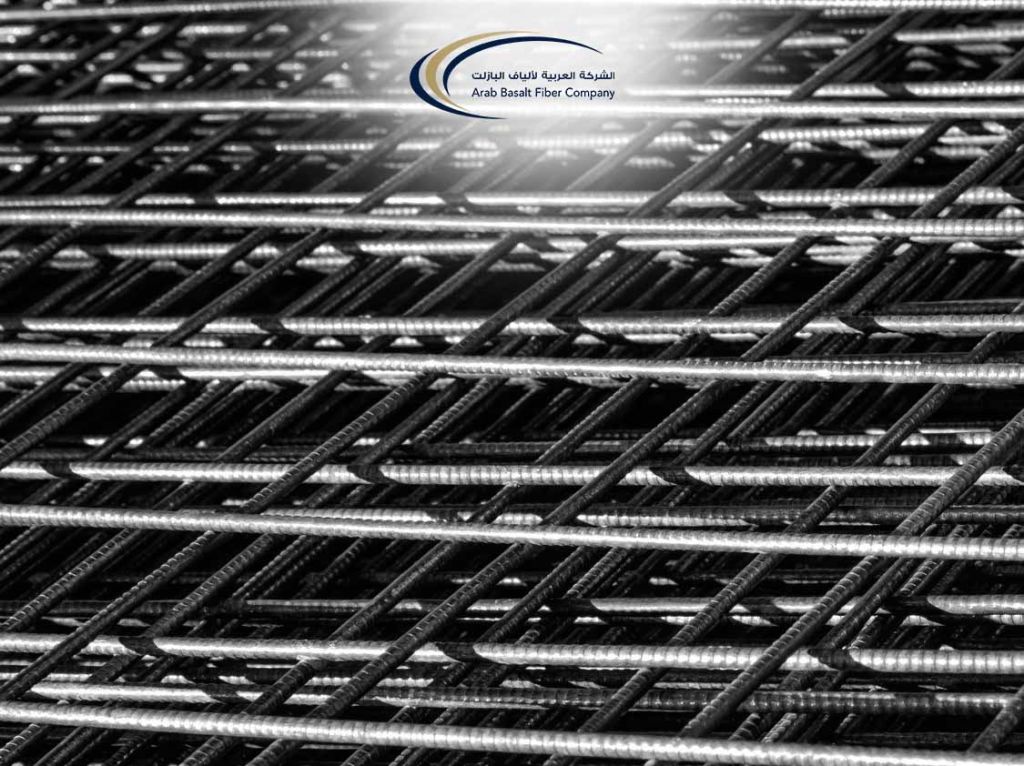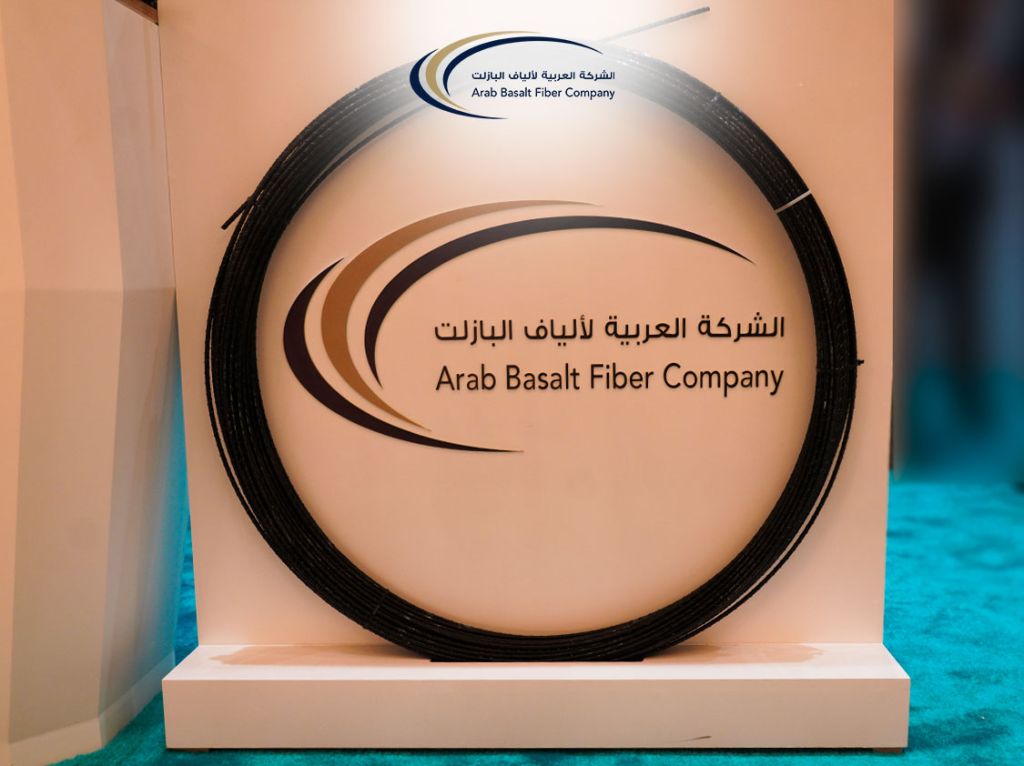
In an age where the demand for sustainable, durable, and cost-efficient materials is ever-increasing, basalt fiber composite stands out as a beacon of innovation in the construction sector. This advanced material, derived from natural basalt rock, offers a compelling combination of strength, resilience, and environmental sustainability, marking a significant evolution in building and design practices.
Understanding Basalt Fiber Composite
Basalt fiber is created by combining basalt fibers with polymer resin, resulting in a material that boasts remarkable mechanical properties and durability. This synergy not only enhances the structural integrity of constructions but also introduces a level of versatility unseen with traditional materials like steel or concrete alone.
The Advantages of Basalt Fiber Composite
- Strength and Durability: Basalt fiber is renowned for its superior tensile strength and resistance to environmental factors, including corrosion, moisture, and thermal variances. These characteristics make it an ideal choice for critical infrastructure projects, from bridges and tunnels to skyscrapers and sea defenses.
- Sustainability: Sourced from abundant natural basalt rock and requiring less energy for production compared to other fibers, basalt fiber is a green alternative that contributes to the reduction of carbon footprints in construction projects.
- Cost-Effectiveness: Despite its advanced properties, basalt fiber is cost-competitive, offering significant long-term savings in maintenance and replacement due to its long lifespan and minimal degradation.


The Future of Basalt Fiber Composite in Construction
As the industry continues to seek out materials that offer enhanced performance without compromising on environmental responsibility, basalt fiber is set to play a pivotal role. Its adaptability and superior properties align with the future trends of construction, from green building practices to the exploration of new architectural possibilities.
In conclusion, fiber composite represents a significant stride forward in our quest for more sustainable, efficient, and durable construction materials. As we embrace this innovation, the potential for transforming our built environment is limitless, heralding a new era of construction that is as conscientious as it is ambitious.
